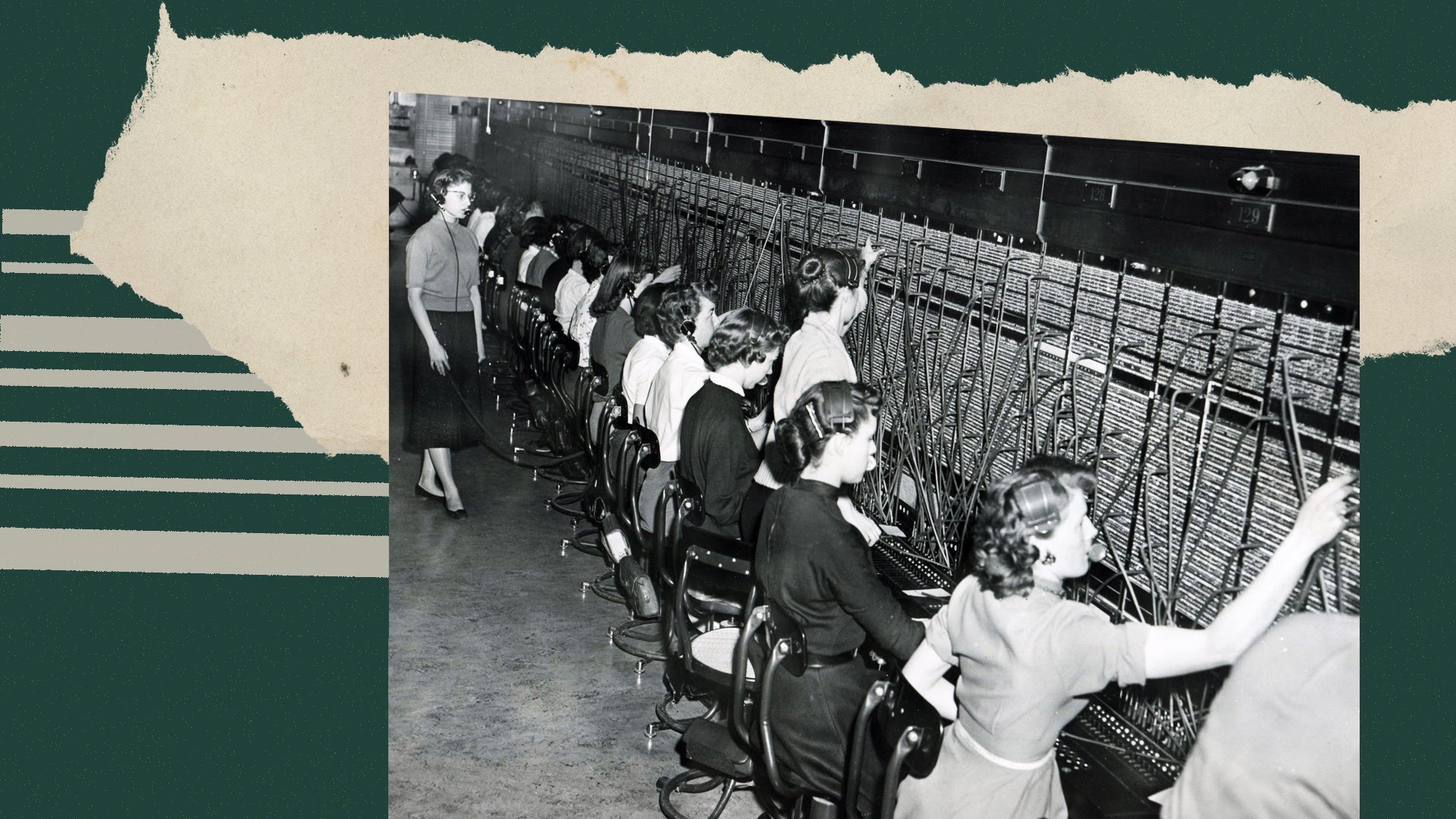
When you think about the mighty internet of things, what comes to mind first? Is it your robot hoover, filling itself with cleaning solution? Is it the street cameras, which send an emergency signal to an ambulance after catching an accident on tape?
By 2025, an estimated 30.9 billion connected devices will make up the Internet of Things (IoT); with a global population of 7.9 billion, that’s roughly four connected devices per person.
Each device gives us the potential to revolutionize the economy by monetizing our data and creating new revenue streams.
Untapped Potential
IOTA, an open-source distributed ledger and cryptocurrency designed for the Internet of things, uses a directed acyclic graph to store transactions on its ledger.
Sponsored
Instead of using miners to validate transactions, IOTA uses nodes that issue a new transaction on the network to approve two previous transactions.
Sponsored
According to Jelle Millenaar, Digital Identity Lead at IOTA, The Internet of Things is at a tipping point:
“But that potential isn’t being tapped. Despite the rapid growth in the number of devices, and the masses of data they have access to, IoT is not being utilized to its full extent”.
Millenaar points out that our connected devices are trapped in isolated silos: individuals, organizations and governments install and use them to gain data for their own purposes, but don’t share that data with other parties. It’s each to their own.
“This is due to a fundamental lack of trust. The IOTA Foundation is developing a protocol technology that creates a vital basis of trust between connected devices, allowing users to tap into the gathered data and monetize assets that are so far not monetized to their full potential.”
Available to Everyone
According to Millenaar, every IoT device will have its own digital identity, which it can use to prove aspects about itself, such as the identity of its manufacturer and installer. It may also even collect reviews, to further extend the basis of trust.
With a trusted, secure and scalable way of sharing and monetizing the data carried by these billions of devices, entire new revenue streams, safe from fraud and preventable errors, would be available to everyone.
These changes, envisioned by IOTA, could represent a massive paradigm shift in how we monetize our data.
Wild West of Devices
Jakub Cech, Director of Engineering of IOTA, points out that In 2007, when the first iPhone was unveiled, no one could have imagined that 15 years later entire business verticals and industries would depend on smartphones and their owners carrying them around.
“To be precise, it is the data the smartphones contain and transmit that drives those dependent business verticals and industries.”
And it’s not only smartphones. Today, almost every new piece of electronic home equipment has the capability to connect to the internet. From TVs to fridges, watches, fire alarms, and every new car that hits the road has more than 200 invisible sensors built in, all of them collecting data.
“This data represents a goldmine for businesses and industries, and it drives economic growth in our connected world”, says Cech.
However, today’s connected devices exist in an unregulated Wild West: Until all devices are using a standardized, established, and decentralized protocol to transmit critical information, it is impossible for us as users to exercise any control over our data or how that data is shared.
Instead, we are forced to put our data at the mercy of the device’s manufacturers and their particular implementation of often proprietary protocols.
On the Flipside
- The Internet of things still faces many security issues, like the lack of compliance on the part of IoT manufacturers, security problems in device update management, and the fact that most IoT devices are highly vulnerable to malware attacks.
- There is also a severe lack of institutional regulation around the IoT.
- Connectivity is another challenge facing the IoT, as appropriate 5G frequencies have not yet been fully integrated worldwide.
This is the first part of a two-part article. You can read the second part here.
